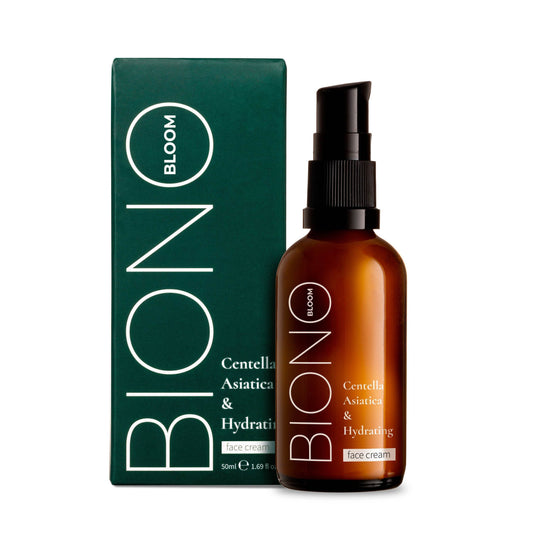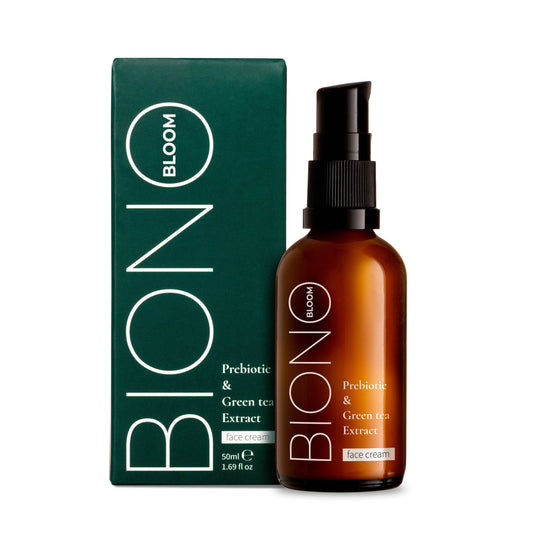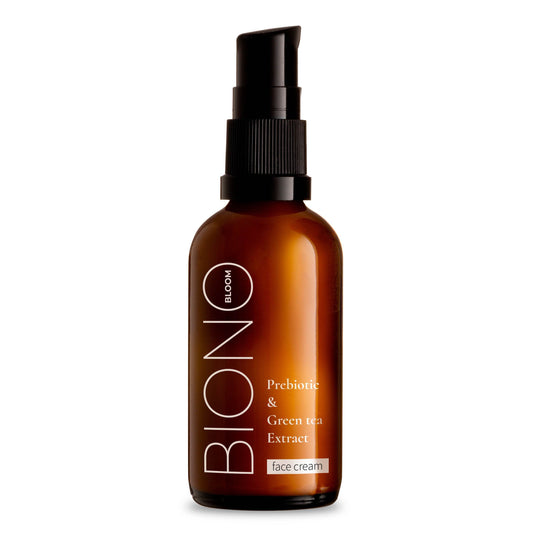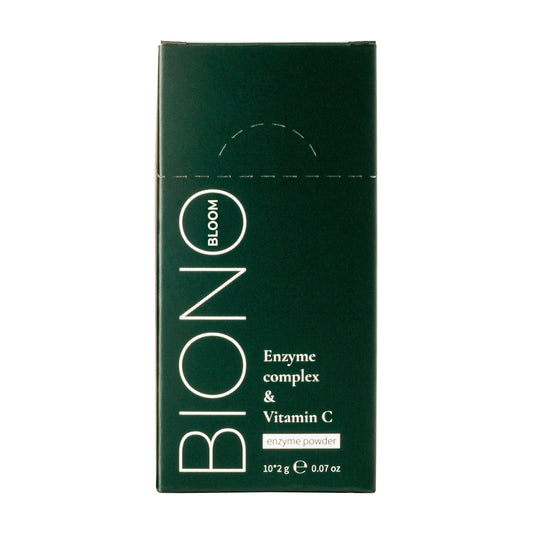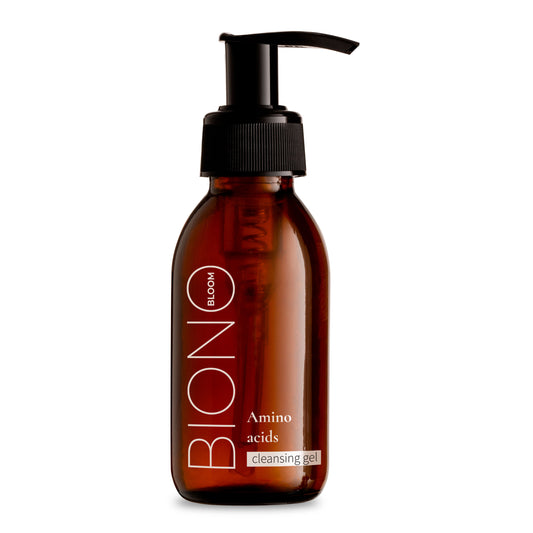
Best Face Creams for Over 40: Detailed Review and Recommendations
Share
After the age of 40, facial skin requires special care and attention. At this age, natural regeneration processes slow down, collagen begins to break down faster than it is synthesized, and the first signs of aging become more visible. A properly selected cream for mature skin can significantly improve its condition, reduce the symptoms of wrinkles and maintain natural elasticity. Age-related changes affect not only the superficial layers of the epidermis, but also the deeper structures of the dermis, which requires a comprehensive approach to choosing cosmetics. In our review, we will discuss the most effective rules for choosing and characteristics of facial creams after 40, which received the highest ratings from dermatologists and cosmetologists.
Features of choosing face creams after the age of 40
When choosing face creams after the age of 40, it is important to pay attention to active ingredients that are able to effectively combat age-related changes. Retinol, peptides, hyaluronic acid and antioxidants become the basic ingredients that should be present in a high-quality anti-aging product. These substances stimulate cell renewal, maintain water balance and protect against the negative effects of external factors. In addition, it is important to take into account the concentration of active ingredients, because too high can cause irritation, and too low - will not give the desired effect.
The texture of the cream also plays an important role in choosing a product for mature skin. After the age of 40, the skin becomes drier and thinner, so light gel formulas may not be nourishing enough. Thicker creams with oils and ceramides are better at restoring the lipid barrier and providing long-lasting hydration. It is also important that the product absorbs quickly and does not leave a greasy layer on the skin's surface. The ideal face cream for over 40 should provide a feeling of comfort throughout the day.
Dermatologists recommend choosing face creams after 40 with SPF protection for daily use. Ultraviolet radiation is one of the main factors of premature aging, so constant protection from the sun helps slow down the appearance of new wrinkles and pigment spots. Night creams should be more concentrated and aimed at skin regeneration during sleep. The difference between day and night care becomes especially important after 40, when natural regeneration processes require additional support.
Active ingredients in face creams for over 40s
The most effective creams for mature skin contain retinoids - derivatives of vitamin A, which stimulate cell renewal and collagen synthesis. Retinol is the most popular form of retinoids in cosmetics, because it has an optimal ratio of effectiveness to tolerance. For beginners, it is recommended to start with low concentrations and gradually increase the intensity of use. An alternative to retinol are milder forms, such as retinyl palmitate or retinal, which are suitable for sensitive skin.
Peptides are becoming increasingly popular ingredients in face creams for people over 40. These short chains of amino acids signal cells to synthesize collagen and elastin. Copper peptides are particularly effective in improving skin firmness and reducing the appearance of wrinkles. Matrix peptides work at the level of the intercellular matrix, renewing the structure of the dermis and increasing its density. Signal peptides activate natural renewal processes, which is particularly important for mature skin.
Antioxidants play a key role in protecting the skin from free radicals and slowing down the aging process. Vitamin C in a stable form stimulates collagen synthesis and lightens pigment spots. Vitamin E protects cell membranes from oxidative stress and maintains the skin's barrier function. Niacinamide (vitamin B3) improves skin texture, reduces pores and regulates sebum secretion. The combination of different antioxidants in a face cream for over 40 provides a synergistic effect and maximum protection.
Types of face creams for over 40 according to their purpose
Day creams for mature skin have a lighter texture and must contain SPF filters. They are quickly absorbed, create a good base for makeup and provide protection against ultraviolet radiation during the day. The main task of day care is to moisturize, protect and maintain a comfortable skin condition. Such creams often contain antioxidants that neutralize the negative effects of environmental pollution. Hyaluronic acid in day formulas provides immediate hydration and creates an invisible protective barrier.
Night creams for the face after 40 have more saturated formulas and are aimed at active skin regeneration during sleep. They contain higher concentrations of active ingredients such as retinol, peptides and AHA acids. The denser texture provides long-lasting nutrition and intensive cell regeneration. Night care is especially important for mature skin, because it is at night that the main processes of renewal and synthesis of new cells take place. Oils and ceramides in night creams restore the lipid barrier and prevent transepidermal moisture loss.
Specialized eye creams require special attention after the age of 40. This zone is the first to show signs of aging due to the thinness of the skin and active facial expressions. Such creams have a delicate formula without aggressive ingredients and specially selected active substances. Caffeine helps reduce puffiness and dark circles, peptides smooth fine wrinkles, and vitamin K strengthens the walls of capillaries. It is important to apply the cream to the eye area with light movements of the ring finger, without stretching the skin.
Technologies and innovations in face creams for over 40s
Modern creams for mature skin use innovative technologies to deliver active ingredients to the deep layers of the skin. Liposomal systems allow for the encapsulation of active substances in microscopic vesicles, which ensures their stability and increases their penetration. Nanoparticles create a depot of active ingredients in the skin, providing prolonged action over a long period of time. Microemulsions improve the distribution of fat-soluble vitamins and oils, making them more accessible to skin cells.
Time-release technology allows for the gradual release of active ingredients during the day or night, which is especially important for sensitive substances such as retinol. This ensures a stable concentration of active ingredients in the skin and minimizes the risk of irritation. Multi-layer emulsions create a complex cream structure, where each layer has a specific function - moisturizing, nourishing or protecting. This approach allows for the combination of ingredients in one product that are usually incompatible with each other.
Biomimetic technologies mimic the skin's natural processes, creating components identical to those produced by the body. Synthetic ceramides repeat the structure of the skin's natural lipids, providing effective renewal of the barrier function. Peptides-mimetics copy the action of natural growth factors, stimulating regenerative processes. Face cream after 40 with such technologies ensures maximum compatibility with the skin's natural processes and minimizes the risk of allergic reactions.
Rules for using face creams after the age of 40
The effectiveness of creams for mature skin depends largely on their correct use. Before applying the cream, the face must be thoroughly cleansed of makeup and impurities using a mild cleanser. Toning helps prepare the skin to better absorb active ingredients and restore its natural pH. The cream is applied to slightly damp skin, which improves its distribution and penetration. The movements should be light, massaging, from the center of the face to the periphery.
The amount of cream is also important - too little will not provide sufficient effect, and too much can lead to clogged pores. A pea-sized amount is usually enough for the face. Particular attention should be paid to areas prone to dryness - cheeks, chin, around the eyes. The neck and décolleté also require care, because they often reveal a woman's true age. Face cream after 40 should be applied systematically, twice a day, to ensure a cumulative effect.
Main mistakes when using creams after 40:
- Applying cream to insufficiently cleansed skin
- Using too much product
- Ignoring the neck and décolleté area
- Irregular use of preparations
- No testing of new products
- Simultaneous introduction of several new active ingredients
- Using day cream instead of night cream and vice versa
It is important to remember to gradually introduce new skin care products, especially those containing active ingredients. The skin needs time to adapt, so it is recommended to start by using a new cream every other day, gradually increasing the frequency. If signs of irritation appear, reduce the concentration or frequency of use. Consultation with a dermatologist will help you choose the optimal care regimen according to the individual needs of the skin.
Criteria for assessing the effectiveness of face creams after the age of 40
The effectiveness of creams for mature skin is assessed according to several key parameters that become especially important after the age of 40. The moisturizing properties of a cream are determined by its ability to retain moisture in the skin for a long time. This is especially important for mature skin, which is prone to dryness due to a decrease in natural sebum secretion and a decrease in hyaluronic acid levels. A high-quality cream should provide a comfortable feeling of hydration for 8-12 hours after application.
Anti-aging properties are assessed by the cream's ability to reduce the visibility of existing wrinkles and prevent the appearance of new ones. This includes smoothing fine lines, increasing skin elasticity and improving its firmness. Effective face creams for over 40 should show the first results after 2-4 weeks of regular use. Long-term effects are achieved after 2-3 months of constant use, when the natural cell renewal processes are activated.
Key indicators of the effectiveness of creams after 40:
- Skin hydration level (increase by 15-30%)
- Reduction of wrinkle depth (by 10-25%)
- Increased skin elasticity (by 20-40%)
- Texture and sculpting enhancement
- Evens out skin tone
- Reducing pore size
- Increases natural glow
- Strengthening the skin's protective barrier
Product tolerance is an equally important evaluation criterion, especially for mature skin, which can become more sensitive with age. A high-quality cream should not cause irritation, redness or other negative reactions. The texture should be pleasant to use, easy to spread on the skin and quickly absorbed. A face cream for over 40 should provide a feeling of comfort throughout the day, without creating a tight effect or greasy shine.
Conclusions and recommendations for choosing face creams after 40.
Choosing the right face cream after 40 is a key factor in maintaining youthful and healthy skin. It is important to understand that there is no universal solution - each skin has individual needs that depend on genetic factors, lifestyle, climatic conditions and the current state of the epidermis. Effective care for mature skin requires a comprehensive approach that includes not only high-quality creams, but also proper cleansing, sun protection and a healthy lifestyle. Regular use and patience are essential conditions for achieving the desired results.
Investing in a high-quality face cream after 40 is an investment in long-term beauty and skin health. You should not expect immediate results, because the regeneration of mature skin is a gradual process that can take several months. It is important to be realistic in your expectations and understand that cosmetics can significantly improve the condition of the skin, but they cannot completely stop the natural aging processes. Regular consultations with a dermatologist or cosmetologist will help you adjust your care to the changes that occur in the skin with age and ensure the maximum effectiveness of the selected products.

